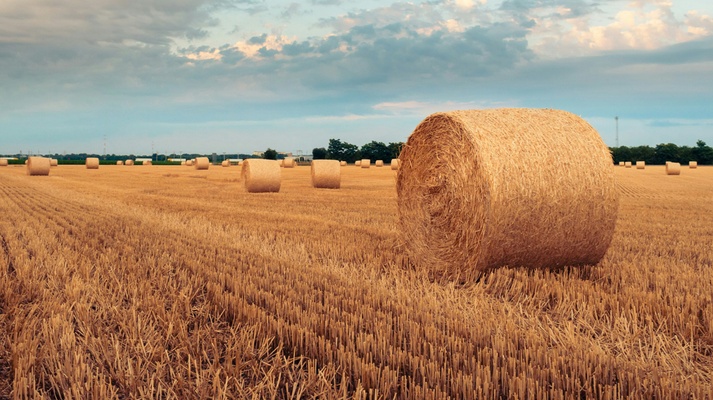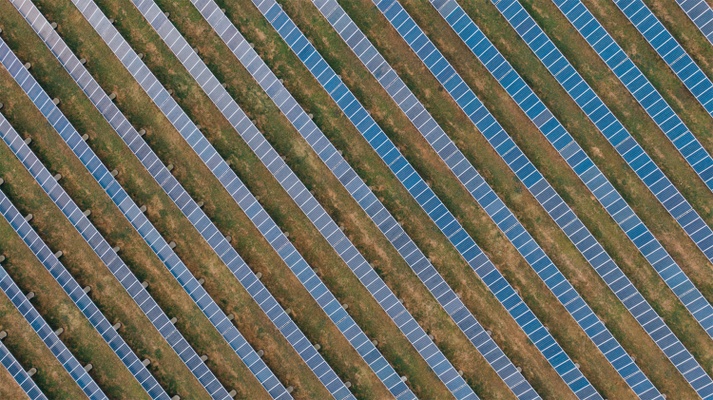Meet the Sweepers – Henk Harmsen


- Author
- Henk HarmsenSenior carbon advisor
- Category
- Life at Sweep
- Published
- 18 May 2023
Contents
- Tell us about your climate journey
- How did your past academic research work influence the way you see climate change?
- You now live in Kenya. Could you tell us about your experience of some of the innovative projects that you’ve seen being developed here to combat climate change?
- Why did you join Sweep?
- Are there any books that have shaped the way you see climate change?
Get a glimpse of the Kenyan life of Henk Harmsen, our Senior Carbon Expert, and learn about Nairobi’s expanding climate scene.
Tell us about your climate journey
In 2000, I found myself at the forefront of a groundbreaking effort to introduce a carbon emissions trading scheme on a national level in the Netherlands. At the time, the European Commission was looking to implement a similar scheme at the EU level, and I got involved in that too.
Not long after, the Greenhouse Gas (GHG) Protocol was developed, which prompted companies to request greenhouse gas inventories from KPMG Sustainability, the company I was working for at the time. I went on to develop and implement greenhouse gas inventories for emission reduction projects worldwide for the UNFCCC’s Clean Development Mechanism.
That’s how I came across the exciting world of nature-based solutions. I moved to Kenya to start working on African forest protection and reforestation projects that aimed to make a difference in the fight against climate change.
How did your past academic research work influence the way you see climate change?
While doing my PhD research on spatial landscape statistics related to poaching I came across long-term rainfall data in Kenya’s Great Rift Valley. I then realized how complex the climate is because of this variability. In this part of the world, rainfall has gradually increased, which has attracted farmers in the region. But a changing climate also increases the chance that rains fail, resulting in crop failure. The result is poverty and hunger.
The university department where I did my research was named after Wangari Maathai, who was awarded the Nobel Prize for Peace. She successfully managed to include a minimum forest cover protection of 10% requirement in the Kenyan Constitution. A great win for biodiversity protection!
You now live in Kenya. Could you tell us about your experience of some of the innovative projects that you’ve seen being developed here to combat climate change?
There’s a large climate change scene in Nairobi. There are monthly climate drink events, gathering over 300 people, from consultancy firms to some of the largest cookstove producers of the planet, such as Burn and Koko Networks. The latter company is probably one of the most innovative carbon projects that I’ve seen. They employ 1,500 people and can reach 750,000 households with clean cooking fuel.
Why did you join Sweep?
I feel comfortable in an environment where many things happen all at once, so I was naturally attracted to Sweep’s fast-growing startup trajectory. It’s been a couple of months since I joined and I’m still struck at the pace at which this organization learns and introduces new features.
I also like the fact that it’s a “climate tech company”: We don’t produce slide decks here, but help clients get a grip on their greenhouse gas emissions.
Are there any books that have shaped the way you see climate change?
There are many books that shape the way I see climate change, especially the history of climate change research. Did you know that the first research into the warming effects of CO2 was done by a woman (Eunice Foote) in 1856?
Here are some titles that I would recommend:
- Homo Sapiens Rediscovered: The Scientific Revolution Rewriting Our Origins by Paul Pettitt. “Pettitt reveals the extraordinary story of how our ancestors adapted to unforgiving and relentlessly changing climates, leading to remarkable innovations in art, technology, and society that we are only now beginning to comprehend.”
- Ecological Ethics, an introduction by Patrick Curry. “Patrick Curry shows that a new and truly ecological ethic is both possible and urgently needed. With this distinctive proposition in mind, Curry introduces and discusses all the major concepts needed to understand the full range of ecological ethics.”
- A Short History of Progress by Ronald Wright. “From Neanderthal man to the Sumerians to the Roman Empire, A Short History of Progress dissects the cyclical nature of humanity's development and demise, the 10,000-year old experiment that we've unleashed but have yet to control.”
More stories
Track, report and act
Sweep helps you get your carbon on-track
Sign up to The Cleanup, our monthly climate newsletter


© Sweep 2024


